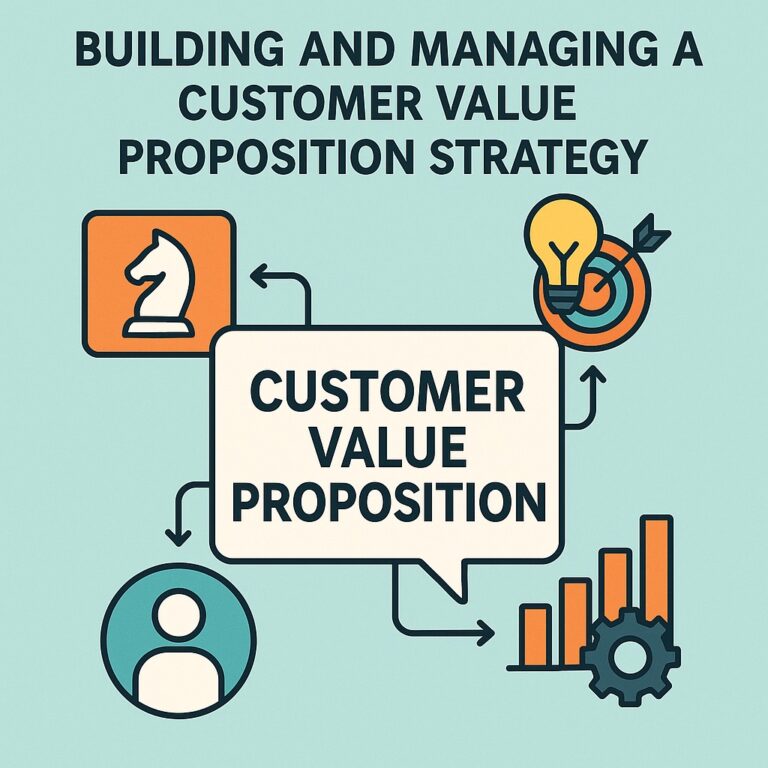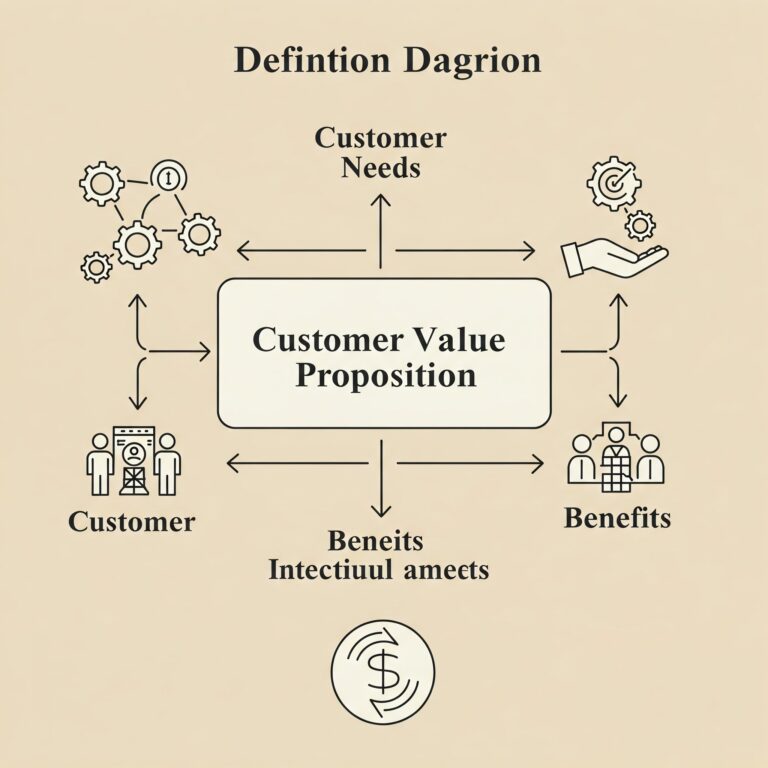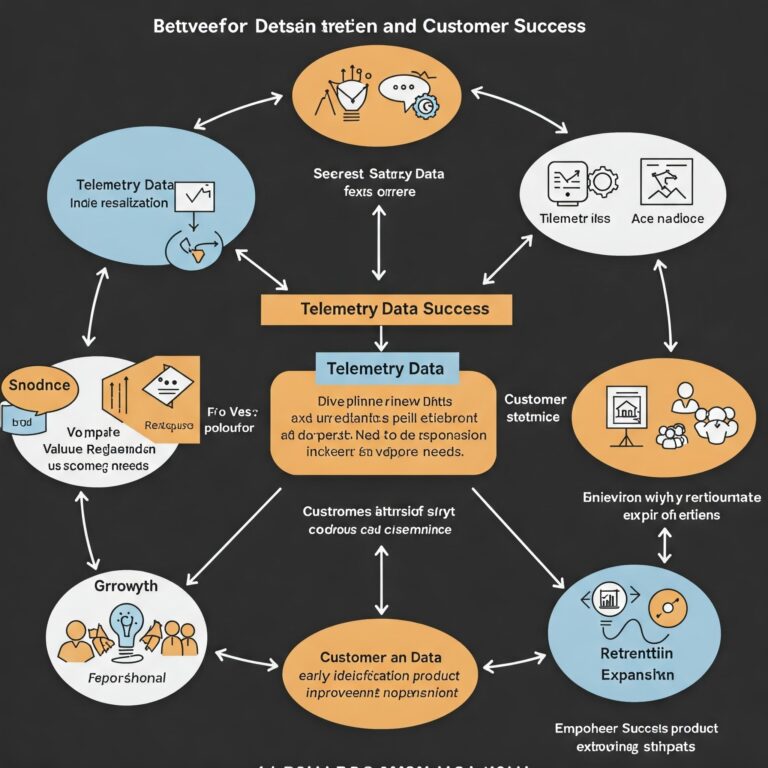In most organizations which procure services and solutions from external vendors, there exist “levels of approval” within the organization. For example, for many companies, Directors are often allowed to approve budget items that cost $50,000 or less, while Vice Presidents or CFOs are often required to approve all items that cost $100,000 or more. Of course, the amounts different titles can approve will vary by industry.
When a salesperson presents a price quote of $100,000 or more, the motivated prospect may have any of three reactions. How the salesperson anticipates and proactively addresses these reactions will have a strong effect on the outcome of the deal.
Here are the three reactions:
1. Comparison to Existing Internal Costs. A typical reaction by a prospect may be to immediately compare the quote to existing operational costs. For instance, if the customer knows that they are spending $500,000 or more per year on a substitute internal solution, the $100,000 quote might sound quite delightful.
2. Comparison to Preconceived Expectations of Market Prices. A second reaction may be to compare this quote to quotes already obtained or estimates made from doing some research, such as with firms like Gartner. The comparison may cause a prospect to think that the quotation is “a lot more” or “a lot less” than expected. A price quote far from expectation may cause the buyer to eliminate or discredit the solution, even if the proposed solution and value is a good fit for the organization. The buyer may rule out the solution at this point.
3. Comparison to Available Budget. Another reaction that may come is disappointment or happiness, depending on whether the quote is more or less than a set budget would allow. A buyer may think, “I really like this $100K item, but I only have $50K in budget.” Perhaps the product or service could be procured using a broader discretionary budget, but that will require the buyer to obtain additional buy-in and approvals internally, and that will force decisions around additional trade-offs or opportunity costs.
In addition, in all of these cases, given that the motivated prospect must seek internal approval, she will also be considering how to present to management.
If the prospect was not intending to purchase this type of solution during the prior budgeting cycle, then there may be insufficient (or zero) budget to make the acquisition. In this case, the prospect will have to consider various approaches:
(a) Defer the purchase to a later budgetary period.
(b) Negotiate the price down.
(c) Seek budget from other departments with a “tin cup” in a way that multiple discrete budgets could be combined to afford the larger purchase.
(d) Seek budget from the CFO or a General Manager for an unplanned, incremental purchase.
For approaches (c ) and (d), the prospect may begin to think through the scenarios of how to convince other departments or the CFO to agree.
All of these reactions are natural. To support the prospect during these reactions, the sales professional should *lead* with a strong value proposition that achieves the following:
(a) highlights the customer’s existing costs (e.g. $500,000 per year on third-party components, and internal team time maintaining those components)
(b) presents the value of the new solution in context (e.g. only $50,000 in maintenance costs are now required, with $100,000 required on third-party components), at a solution price of $100,000
(c) demonstrates the incremental value of the proposed solution vs. alternatives
With this approach, the salesperson is well positioned to avoid focus on further negotiations, or offering concessions. Instead, the salesperson could even engage with senior management to tell a “bigger” story based on value. A well-communicated business case, with embedded ROI story, helps ensure that there is no immediate dismissal or disqualification and that some work on the part of the buyer is worth the effort to procure the product or service.
In summary, value and ROI should ideally be presented in front of or in tandem with a quotation. Without it, close rates will drop, sales cycles lengthen, or discussions strictly around price will be the focus of subsequent negotiations.
See how Tipalti uses effective ROI and value presentations to double deal size, minimize negotiations, and shorten the sales cycle.




